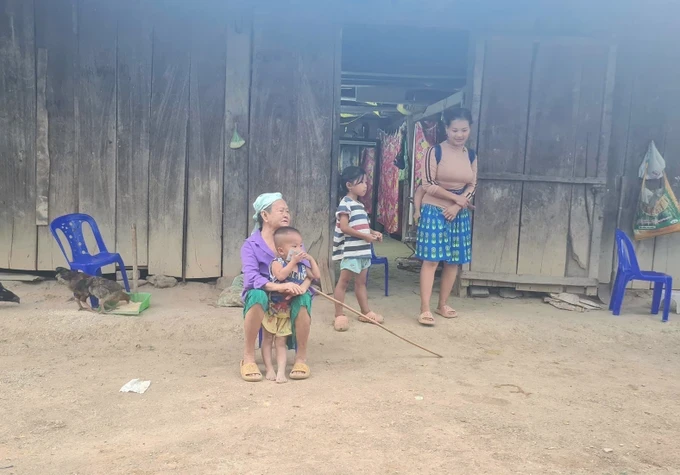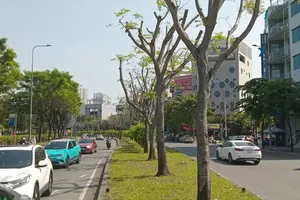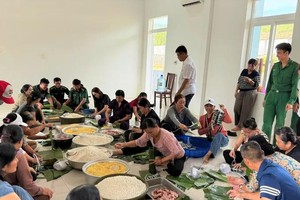
The climate in the Central Highlands has become chilly, and powerful winds have rendered the home of Y Nun AYun, a 31-year-old resident of Drai A village in Tan Tien commune, Krong Pak district, unstable. Although referred to as a house, it is merely a small hut measuring less than 10 square meters, accommodating a couple and their two children. Inside, there is just a bed, with various items cluttered around the space.
Y Nun said that after getting married, the fields and gardens were small, the land was barren, and he only knew how to grow corn and cassava, so the expenses were not enough to cover her living expenses. His eldest daughter is now 5 years old but has not been able to go to school because her parents can’t afford the tuition fee.
The poor man said that he wants to have a job to earn an income. However, he comes from a disadvantaged background, lacking formal education and professional training. This leaves him uncertain about how to generate income.
Families in Drai A village face situations similar to that of Y Nun's household, which is quite common in the area. The land is barren, most people use it to grow corn and cassava. In years of good harvests and good prices, life is somewhat less difficult. But in years of bad harvests, agricultural products lose value, people struggle to borrow money everywhere to make ends meet. Despite efforts to improve living conditions, poverty remains a persistent concern within the village community.
Vice Chairwoman Mai Thi Luan of the Dak Ro Ong Commune People’s Committee has highlighted several challenges facing the community. There are 191 poor households, many of which have large families, insufficient land for farming, lack of business capital, and limited knowledge of agricultural techniques. Most of these households belong to ethnic minorities and they continue to adopt a passive mindset, passively awaiting and depending on government support.
While leading two cows to the field to graze, resident A Dinh in Kon Hia 1 village said that he and his wife got married more than 5 years ago and they had children. The family cultivates cassava and rice; however, due to the small size of their land, the low value of the crops, and limited productivity, they continue to face poverty.
Recently, the family received cows from the State to help with production, which deeply moved the couple as it provided them with more resources to boost their economy. Each day, they take turns grazing the cows to ensure rapid growth and herd expansion. According to A Lep, head of Kon Hia 1 village, 39 out of the village's 176 households are classified as poor.
A significant portion of poor households in the Central Highlands provinces consists of ethnic minorities. For instance, in the border district of Chu Prong in Gia Lai Province, ethnic minorities make up 49.5 percentof the population, predominantly residing in remote communes and border areas.
Chu Prong District Party Committee Secretary Dinh Van Dung pointed out that the continued poverty among needy individuals is attributed to outdated customs, a low level of education, and a dependence on others, hindering their self-improvement efforts. Additionally, some households lack sufficient land for production and possess limited farming skills.
According to the Department of Labor, Invalids and Social Affairs of Kon Tum Province, by the end of 2024, the total number of poor households in the Province is 6,556, near-poor households is 5,547. Of which, the number of poor and near-poor households who are ethnic minorities accounts for 95 percent of the total number of poor and near-poor households. More than 2,800 poor and near-poor households in the region are unable to work, adding to the economic challenges faced by these communities.
By the end of 2023, Dak Lak Province had 46,091 poor households and 34,230 near-poor households. Among them, 31,229 were ethnic minority households, representing 67.7 percent of the poor households. Additionally, there were 18,957 near-poor ethnic minority households, making up 55.4 percent of the near-poor population.
























